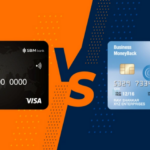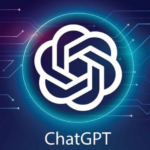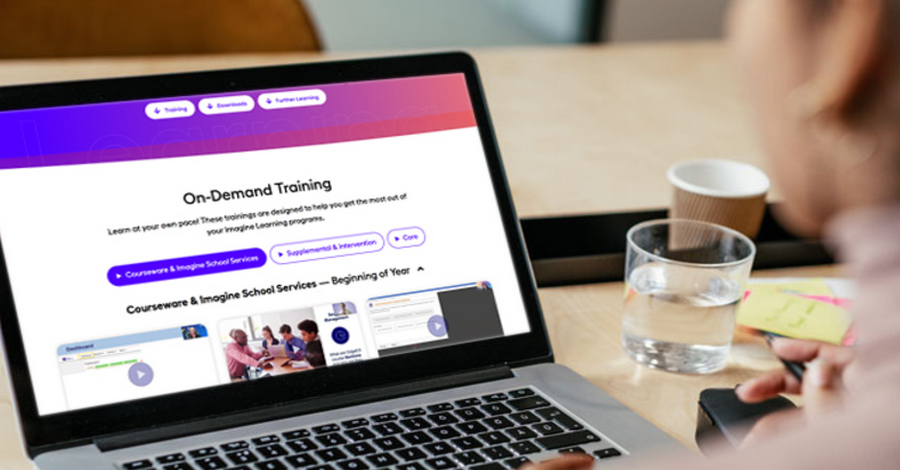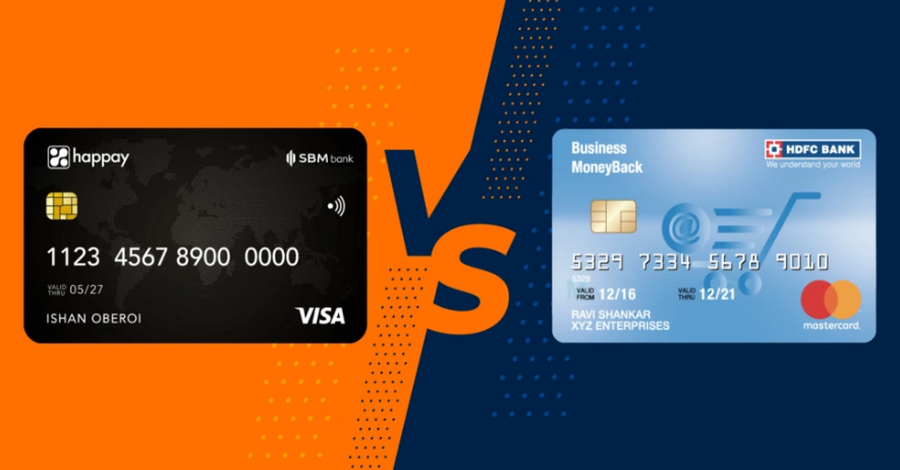Credit recovery is a valuable educational program designed to help students who have fallen behind in their coursework regain the necessary credits to stay on track for graduation. This system supports students facing academic challenges by providing tailored opportunities to complete missed or failed classes without repeating an entire academic year. With the growing importance of education in determining future opportunities, credit recovery programs have become essential for ensuring that every student has a chance to succeed.
In this article, we will explore how credit recovery works, its benefits for students, and the different methods schools use to implement it effectively.
1. What is Credit Recovery?
Credit recovery is an academic program that enables students who have failed or missed a class to make up the required coursework and earn the credits they need for graduation. Unlike traditional remediation programs, credit recovery focuses on the specific skills or content areas a student needs to master, making it a targeted and efficient way to recover lost credits.
Key aspects of credit recovery include:
- Customized Learning Paths: Programs are tailored to address the student’s specific deficiencies, avoiding redundancy and unnecessary coursework.
- Flexible Scheduling: Students often have the flexibility to complete their coursework during school breaks, after school hours, or through online platforms.
- Focus on Core Competencies: These programs emphasize understanding the essential concepts and skills required for the course, rather than repeating the entire curriculum.
2. How Credit Recovery Works
Credit recovery programs can take many forms, depending on the school or district’s resources and policies. Here’s a general overview of how these programs operate:
- Enrollment Process: Students are typically referred to credit recovery programs by teachers, counselors, or administrators when they fail a course or fall behind in credits.
- Assessment of Needs: Before starting the program, students undergo an assessment to determine their knowledge gaps and areas that require focus.
- Program Delivery Methods:
- Online Credit Recovery: Many schools use digital platforms that allow students to complete coursework at their own pace. These programs often include interactive lessons, quizzes, and assessments.
- In-Person Classes: Some schools offer after-school or summer classes where students can work with teachers or tutors to catch up on coursework.
- Hybrid Models: A combination of online and in-person instruction is also common, providing students with flexibility and support.
- Completion and Credit Award: Once a student successfully completes the assigned coursework or demonstrates mastery of the material, they earn the required credit, which is added to their academic record.
3. Benefits of Credit Recovery Programs
Credit recovery offers a wide range of benefits for students, schools, and families. Here are some of the most significant advantages:
A. Preventing Dropouts
Credit recovery programs play a crucial role in reducing dropout rates. Students who fall behind in credits often feel overwhelmed and discouraged, which can lead to disengagement and a higher likelihood of leaving school. By providing a second chance to recover credits, these programs help keep students motivated and on the path to graduation.
B. Promoting Academic Success
For students who struggle with specific subjects, credit recovery allows them to focus on mastering the material they previously found difficult. This targeted approach builds confidence, improves understanding, and sets the stage for future academic success.
C. Flexible Learning Opportunities
Many credit recovery programs offer flexible schedules, allowing students to balance their coursework with other commitments, such as part-time jobs or extracurricular activities. This flexibility is especially beneficial for students with unique challenges, such as those who work to support their families or have caregiving responsibilities.
D. Cost-Effective for Schools
Compared to traditional remediation methods, credit recovery programs are often more cost-effective. Online platforms and targeted instruction reduce the need for additional classroom space and teaching staff, making it easier for schools to support a larger number of students.
E. Social and Emotional Support
Falling behind in school can take a toll on a student’s self-esteem and mental health. Credit recovery programs often include counseling and support services that help students regain confidence, manage stress, and stay motivated.
4. Types of Credit Recovery Programs
Credit recovery programs are diverse and can be customized to meet the needs of individual students or schools. Here are some common types:
A. Online Credit Recovery
Online programs are among the most popular options due to their convenience and accessibility. Students can log in from anywhere and complete coursework at their own pace. Platforms like Edgenuity, Apex Learning, and Khan Academy offer comprehensive online credit recovery solutions.
B. Summer School Programs
Traditional summer school remains a viable option for credit recovery. These programs typically involve intensive, in-person classes during the summer break, allowing students to focus solely on the required coursework.
C. After-School Credit Recovery
Some schools provide after-school programs where students can work on their credit recovery coursework with the help of teachers or tutors. This option is particularly beneficial for students who need additional guidance and support.
D. Independent Study
In some cases, schools may allow students to complete credit recovery through independent study. This method requires a high level of self-motivation and discipline, as students work through materials on their own with minimal supervision.
5. Challenges and Limitations of Credit Recovery
While credit recovery programs offer many benefits, they are not without challenges. Schools, educators, and students may encounter the following obstacles:
- Accessibility Issues: Not all students have access to reliable internet or devices for online credit recovery programs, creating a digital divide that can hinder participation.
- Quality Concerns: The quality of credit recovery programs can vary significantly. Some programs may prioritize speed over learning, leading to superficial understanding of the material.
- Lack of Motivation: Students who are already disengaged from school may struggle to stay motivated in a credit recovery program, especially if it requires significant self-discipline.
- Resource Constraints: Schools with limited funding or staffing may find it challenging to implement effective credit recovery programs.
- Stigma: Some students may feel embarrassed or stigmatized for participating in credit recovery, which can affect their self-esteem and willingness to engage.
6. Tips for Success in Credit Recovery
Students and educators can take several steps to maximize the benefits of credit recovery programs:
- Set Clear Goals: Students should understand what they need to accomplish and set realistic goals for completing their coursework.
- Stay Organized: Keeping track of deadlines, assignments, and progress is essential for staying on track.
- Seek Support: Students should take advantage of available resources, such as teachers, tutors, or counselors, to get help when needed.
- Stay Motivated: Celebrating small milestones and maintaining a positive attitude can help students stay motivated throughout the program.
- Ensure Quality Programs: Schools should evaluate the effectiveness of their credit recovery programs and ensure they meet high educational standards.
7. The Future of Credit Recovery
As technology continues to advance, credit recovery programs are likely to become even more accessible and effective. Virtual reality, artificial intelligence, and gamified learning are just a few innovations that could enhance the credit recovery experience in the coming years. Additionally, increased funding and support for schools could help bridge gaps in access and quality, ensuring that all students have the opportunity to succeed.
Credit recovery programs are an essential tool for helping students overcome academic setbacks and achieve their educational goals. By offering flexible, targeted solutions to regain lost credits, these programs empower students to stay on track for graduation and prepare for future success. While challenges remain, the growing availability of credit recovery options ensures that more students can benefit from this lifeline to academic achievement. Whether through online platforms, in-person classes, or hybrid models, credit recovery is a critical component of a modern, inclusive education system.










